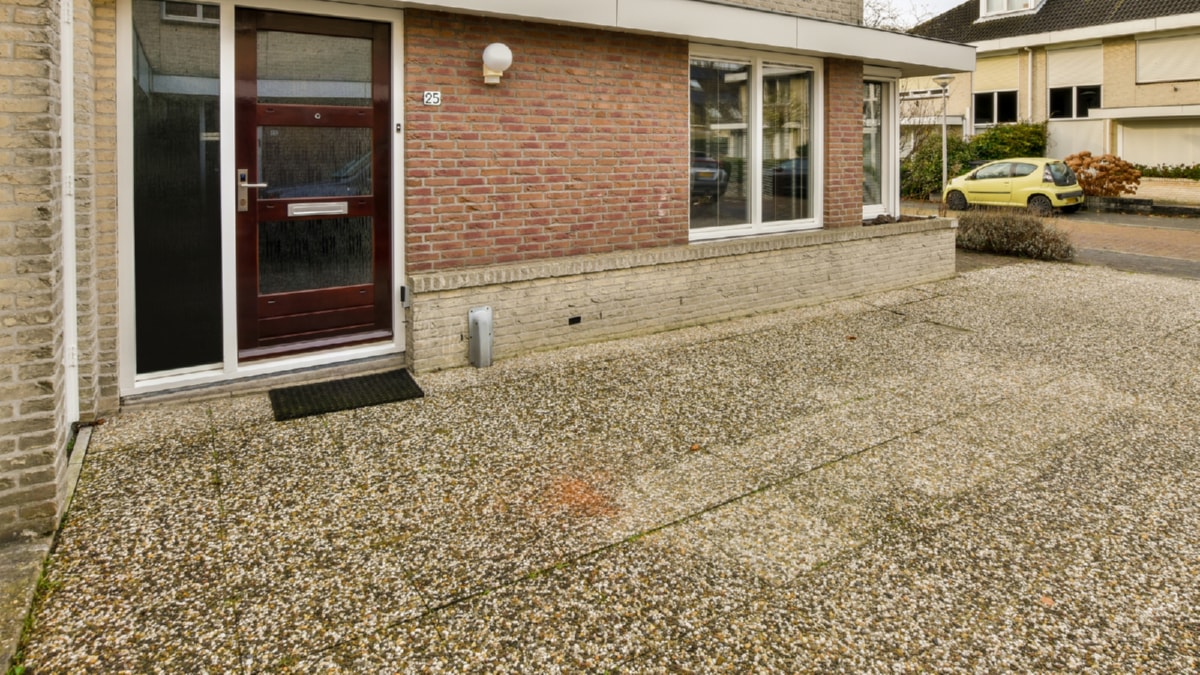Sustainable construction is not a passing trend but a necessity in today’s construction industry. As we face the realities of climate change and dwindling natural resources, the construction sector has a significant role to play in mitigating these challenges. It’s a call to explore innovative trends in sustainable construction practices that are redefining the industry while promoting environmental, economic, and social sustainability.
One of the most significant trends in sustainable construction is the use of green building materials. Traditional construction materials like concrete and steel have a high environmental impact. However, there’s a shift towards eco-friendly alternatives. Examples include bamboo, recycled steel, and low-impact concrete. These materials not only reduce the carbon footprint but also improve the building’s energy efficiency.
Another critical trend is the use of renewable energy sources during the construction process. Solar and wind energy are becoming popular in powering construction sites, reducing dependency on non-renewable energy sources. Furthermore, integrating renewable energy systems like solar panels into the building design ensures long-term sustainability by reducing energy consumption and costs.
Energy-efficient design is another trend shaping the industry. Passive solar design, for instance, maximizes natural light and heat, reducing the need for artificial lighting and heating. Moreover, green roofs and walls provide natural insulation, reducing energy use and improving the building’s aesthetic appeal.
Water efficiency is also a crucial aspect of sustainable construction. The integration of rainwater harvesting systems and greywater recycling in the building design reduces water consumption and promotes water conservation. Additionally, the use of water-efficient fixtures and appliances further enhances water efficiency.
The implementation of Building Information Modelling (BIM) is also revolutionizing sustainable construction. This digital technology helps in visualizing the entire building process, enabling builders to make sustainable choices from the design to the construction stage. It not only enhances efficiency but also reduces waste, making construction more sustainable.
There’s also a growing trend towards modular construction. This off-site construction method reduces waste, energy use, and construction time. Moreover, it promotes high-quality construction since the controlled factory environment reduces the chances of errors.
Construction waste management is also a key trend in sustainable construction. The industry is moving towards a circular economy model, where waste is viewed as a resource rather than a problem. This involves waste reduction through efficient planning, reusing, and recycling construction waste. It’s a move that not only reduces landfill waste but also saves resources and costs.
Lastly, there’s an increased focus on creating healthy and sustainable indoor environments. This involves the use of non-toxic materials, improving indoor air quality, and enhancing natural light and ventilation. It’s a trend that not only promotes sustainability but also enhances occupants’ health and well-being.
In conclusion, the construction industry is undergoing a significant transformation, driven by sustainable practices. These innovative trends are not only enhancing environmental sustainability but also promoting economic and social sustainability. They demonstrate that sustainable construction is not just about ‘building green’ but building better for the present and future generations. The industry’s challenge is to continue exploring and implementing these innovative trends, setting a new standard for sustainable construction.
For more details, check best masonry services or visit their business listing here.



